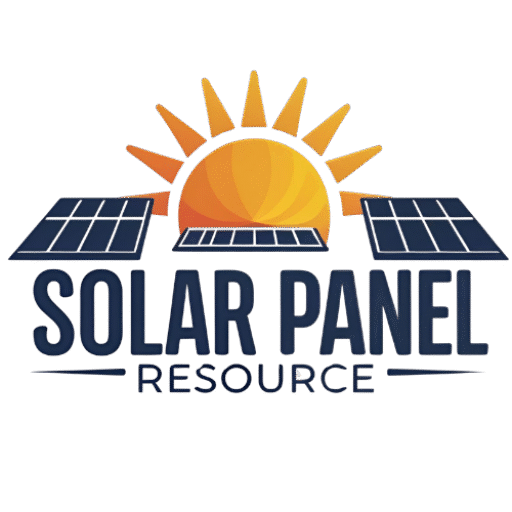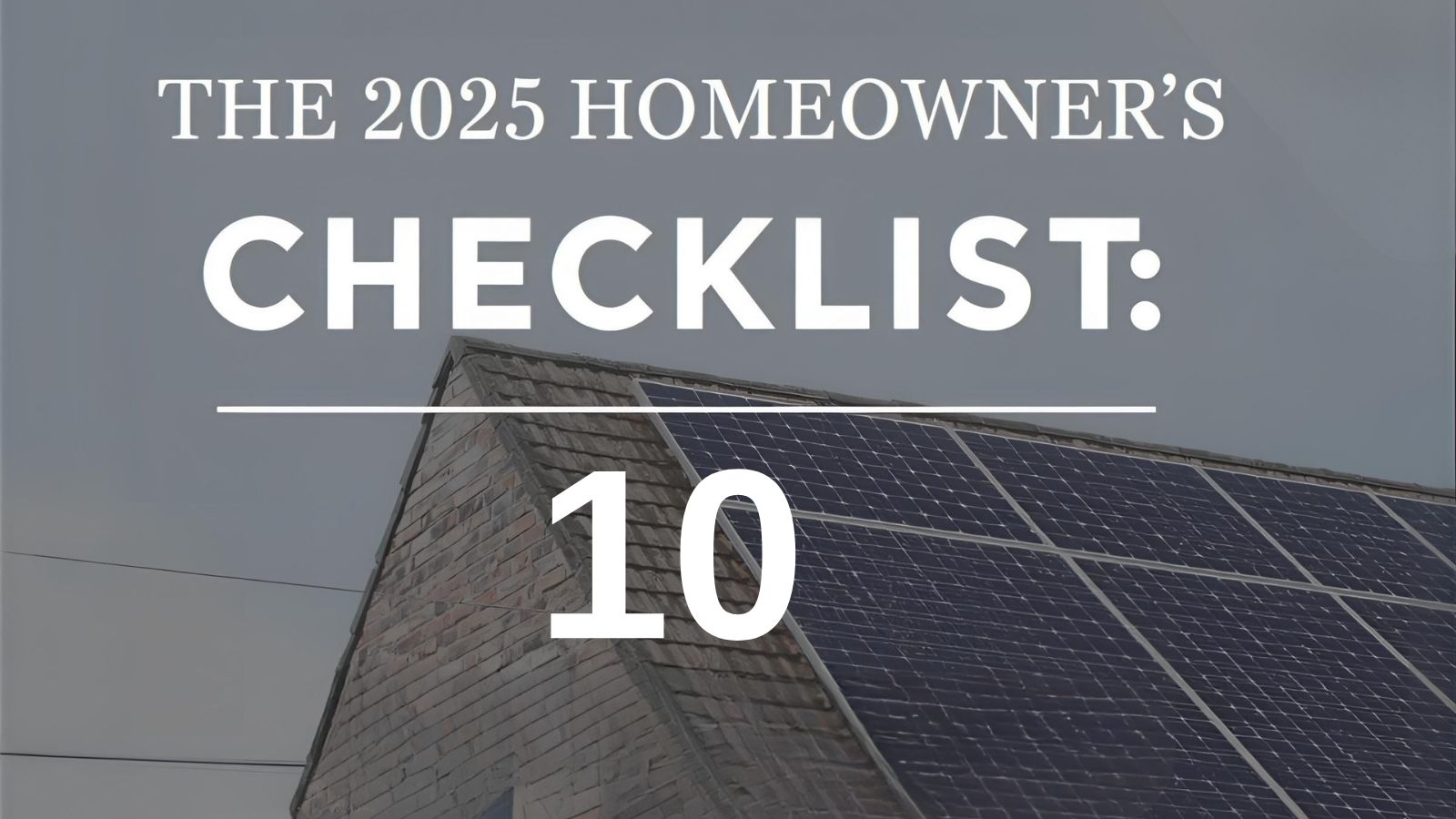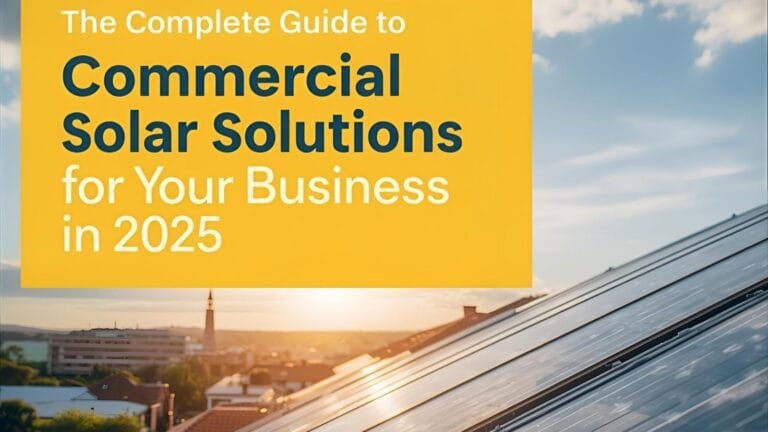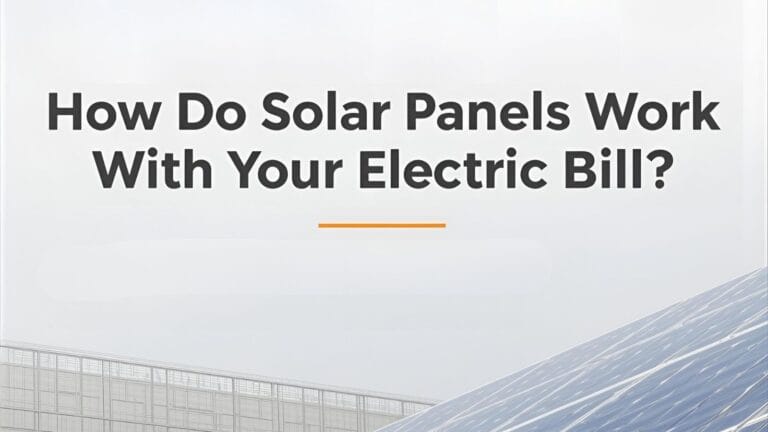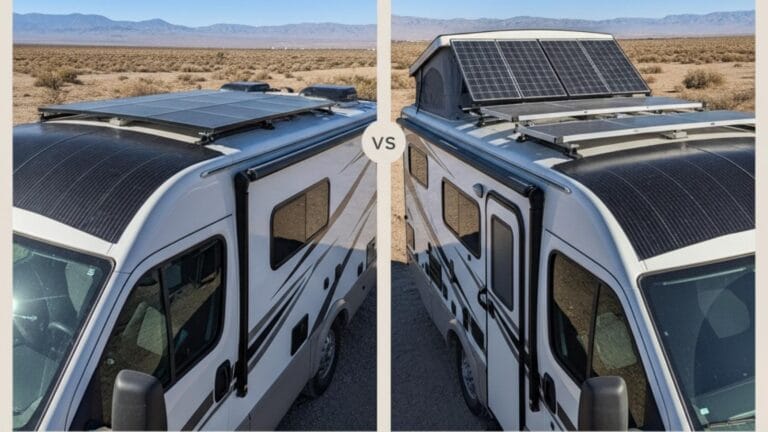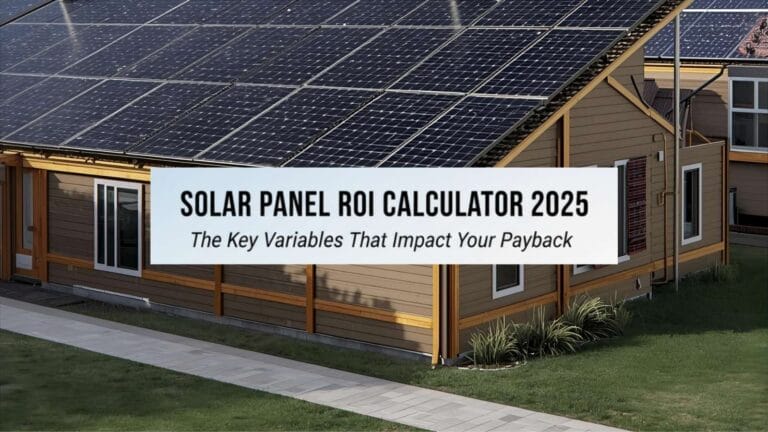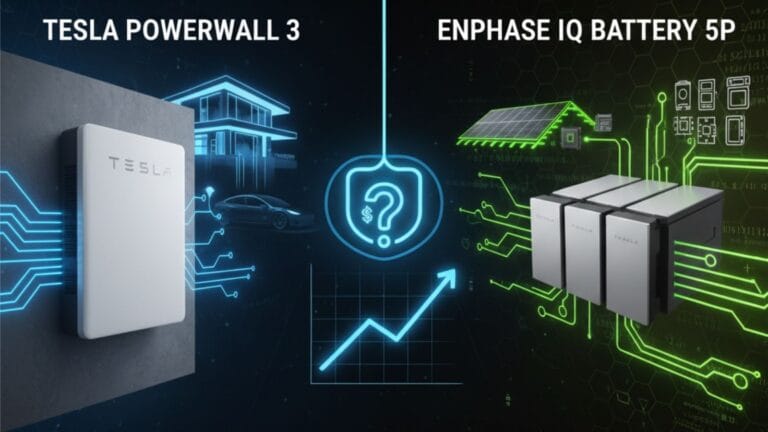The 2025 Homeowner’s Checklist: 10 Things to Know Before Going Solar
The decision to go solar is one of the most significant and rewarding upgrades a homeowner can make in 2025. It’s an investment that promises lower electricity bills, a smaller carbon footprint, and a greater sense of energy independence. Yet, the path from considering solar to a fully operational system is paved with crucial decisions and technical details. Rushing into a contract without proper preparation can lead to unmet expectations and costly mistakes.
Think of this as your pre-flight checklist before launching your home into the world of clean energy. A successful residential solar installation begins long before the panels arrive at your doorstep. It starts with careful planning, thorough research, and asking the right questions. Being a knowledgeable and prepared consumer is your greatest asset in this process.
This is **The 2025 Homeowner’s Checklist**, a comprehensive guide to the 10 essential things you absolutely must know and do before going solar. By walking through these steps, you will not only ensure a smoother process but also maximize the financial and environmental returns on your investment for decades to come.
1. Understand Your Current Electricity Usage
Before you can produce your own power, you must understand how much power you actually use. Your electricity consumption is the single most important piece of data for designing a solar panel system that is the right size for your home. A system that’s too small won’t meet your goals, while an oversized system means you’ve overpaid for capacity you don’t need.
Your Actionable Step: Gather your last 12 months of utility bills. Don’t just look at the dollar amount; find your total consumption in kilowatt-hours (kWh) for each month and for the entire year. This annual kWh number is the foundation of every proposal you will receive. Look for patterns: is your usage higher in the summer due to air conditioning or in the winter for heating? Sharing this data with a solar consultant is the first step in a productive conversation.
2. Assess Your Home’s Solar Suitability (Roof & Sun)
Not every home is an ideal candidate for solar, and it’s better to find this out early. The suitability of your property depends almost entirely on two factors: the condition of your roof and the amount of direct, unshaded sunlight it receives.
Your Roof’s Condition and Characteristics
Solar panels have a lifespan of 25-30 years. Your roof should, too. If your roof is old and will need to be replaced in the next 5-10 years, it is far more cost-effective to replace it *before* installing solar panels. Removing and reinstalling a solar array to accommodate a roof replacement is a significant and costly undertaking.
A solar assessor will also check your roof’s material (asphalt shingle, tile, and metal are all great for solar) and the direction it faces. In the Northern Hemisphere, a south-facing roof is optimal, but east- and west-facing roofs are also highly effective, often capturing valuable morning and afternoon sun.
Shade Analysis
Consistent, direct sunlight is the fuel for your solar panels. Even small amounts of shade from trees, chimneys, or nearby buildings can have a surprisingly large impact on your system’s output. A professional solar company will conduct a thorough shade analysis using specialized tools to map the sun’s path over your roof throughout the entire year, ensuring your production estimates are accurate.
3. Consider Energy Efficiency Upgrades First
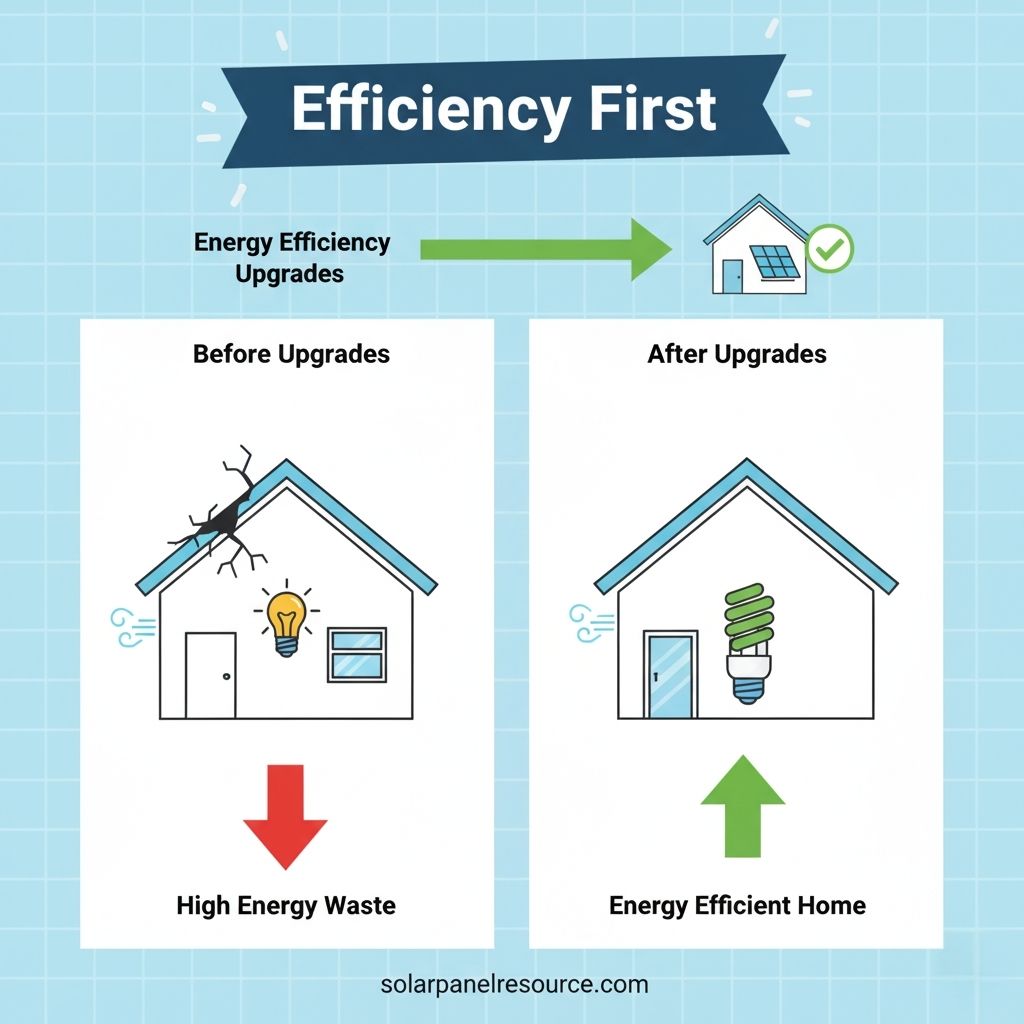
One of the smartest things to know before going solar is that the cheapest kilowatt-hour is the one you never use. Before you invest in producing clean energy, make sure your home isn’t wasting it. By improving your home’s energy efficiency, you can reduce your overall power needs, which may allow you to purchase a smaller, less expensive solar system.
Your Actionable Step: Consider a home energy audit. Simple upgrades like switching to LED lighting, adding insulation to your attic, sealing air leaks around windows and doors, and upgrading to energy-efficient appliances can significantly cut your electricity consumption. Reducing your usage first and then sizing your solar system is the most cost-effective strategy.
4. Research Local Solar Incentives and Policies
The financial viability of solar is heavily influenced by government incentives and local utility policies. These programs can drastically reduce the net cost of your system and accelerate your return on investment.
- Federal Tax Credit: In the United States, the federal Residential Clean Energy Credit allows homeowners to deduct a significant percentage of the total cost of their solar system from their federal taxes. As of late 2025, this remains a powerful driver of solar adoption.
- State and Local Rebates: Many states, municipalities, and even local utilities offer their own cash rebates or tax credits. These vary widely by location, so research what is available in your specific area.
- Net Metering: This is the policy that allows you to send excess electricity your panels produce back to the grid in exchange for credits on your utility bill. Understanding your utility’s specific net metering rules is crucial for calculating your future savings.
5. Explore Your Financing Options: Own, Lease, or PPA?
There are several ways to pay for a solar panel system, and the right choice depends on your financial goals. The primary distinction is between owning the system versus having a third party own it.
- Cash Purchase or Solar Loan (Ownership): When you buy the system outright, either with cash or through a solar loan, you are the owner. This means you are entitled to all the financial benefits, including the federal tax credit and any local rebates. This path typically provides the highest long-term financial return.
- Solar Lease: In a lease, a solar company installs the system on your roof, but they retain ownership. You pay a fixed monthly fee to lease the equipment and use the power it produces. This often requires little to no upfront cost but means you do not receive the tax credits.
- Power Purchase Agreement (PPA): A PPA is similar to a lease. A third party owns the system, but instead of paying a fixed monthly rent, you agree to purchase the electricity produced by the system at a set price per kWh, which is typically lower than the utility’s rate.
6. Vet Your Solar Installer Meticulously
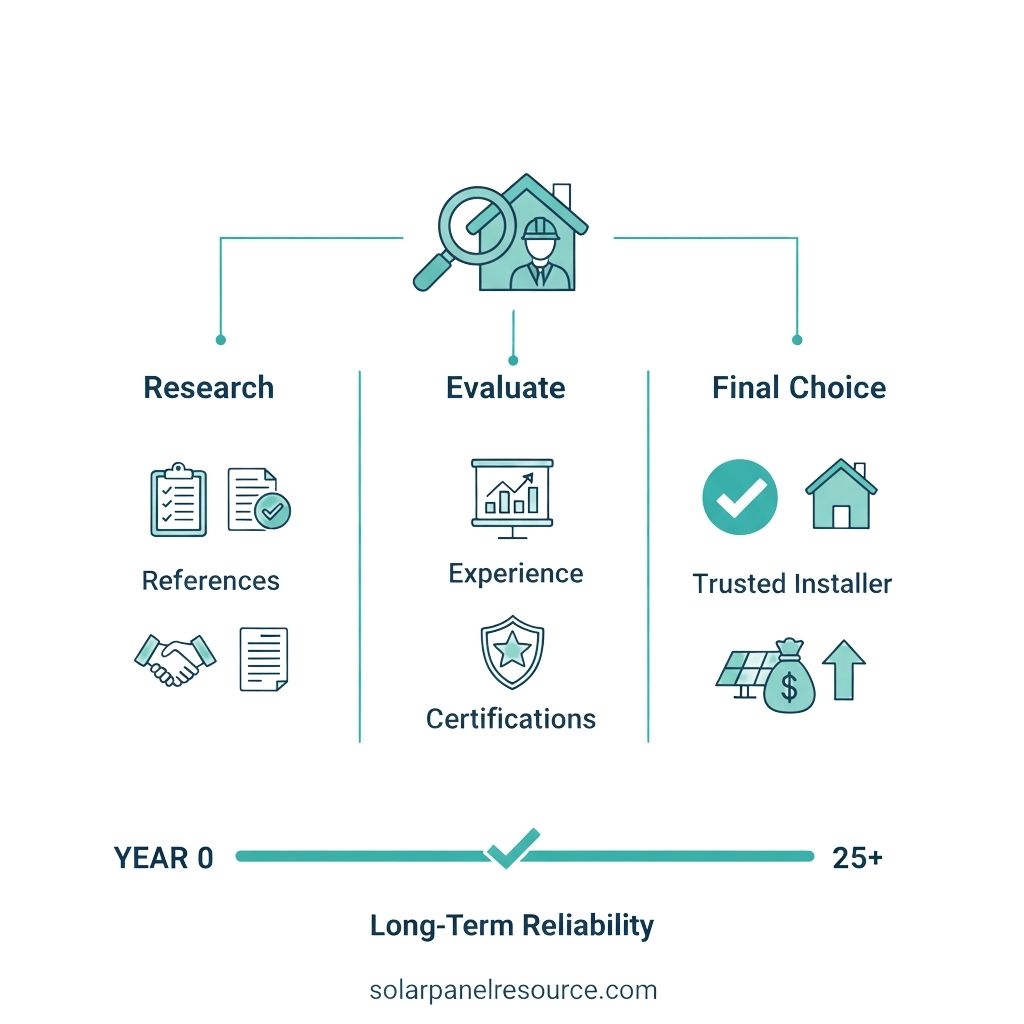
Choosing the right solar installer is the most important decision you will make in this process. A quality installer will ensure your system is designed and installed correctly, using high-quality equipment, and will be there to support you for years to come. A poor installer can be a source of endless frustration.
Your Actionable Step: Get quotes from at least three different, well-reviewed local installers. Before signing anything, ask them these crucial questions:
- Are you licensed and insured to do solar electrical work in my state/city?
- How many years have you been in business, and can you provide local references?
- Do you use your own crews, or do you subcontract the installation work?
- What does your workmanship warranty cover, and for how long?
- Who handles the permitting process and utility interconnection paperwork?
Authoritative bodies like the Solar Energy Industries Association (SEIA) offer consumer protection resources that can help you evaluate installers. You can find guides and questions to ask at consumer-focused portals like the SEIA Solar Customer Resource Portal.
7. Understand the Equipment: Panels, Inverters, and Batteries
While you don’t need to be an engineer, having a basic understanding of the core components of your system is important.
- Solar Panels: Most modern installations use high-efficiency monocrystalline panels. Key considerations are the power rating (in watts), efficiency percentage, and the manufacturer’s product and performance warranties.
- Inverters: These are the brains of the system, converting DC power from the panels to AC power for your home. Ask your installer why they are recommending a specific type (e.g., string inverter, microinverters, or power optimizers).
- Batteries (Optional): A solar battery allows you to store excess solar energy for use at night or during a power outage. While not required for a standard grid-tied system, adding a battery is the key to achieving true energy resilience.
8. Scrutinize the Solar Contract and Warranties
Your solar contract is a legally binding document that will govern your system for decades. Read every line carefully before you sign. Pay close attention to:
- Total Price and Payment Schedule: Ensure there are no hidden fees.
- System Specifications: The contract should list the exact make and model of the panels and inverters being installed.
- Estimated Production: Look for an annual production estimate in kWh. Some installers even offer a performance guarantee.
- Warranties: There are three main warranties: a Product Warranty on the panels and inverters (typically 10-25 years), a Performance Warranty on the panels (guaranteeing a certain output after 25 years), and a Workmanship Warranty from your installer covering their labor (look for at least 10 years).
9. Check Your Homeowner’s Insurance and Future Plans
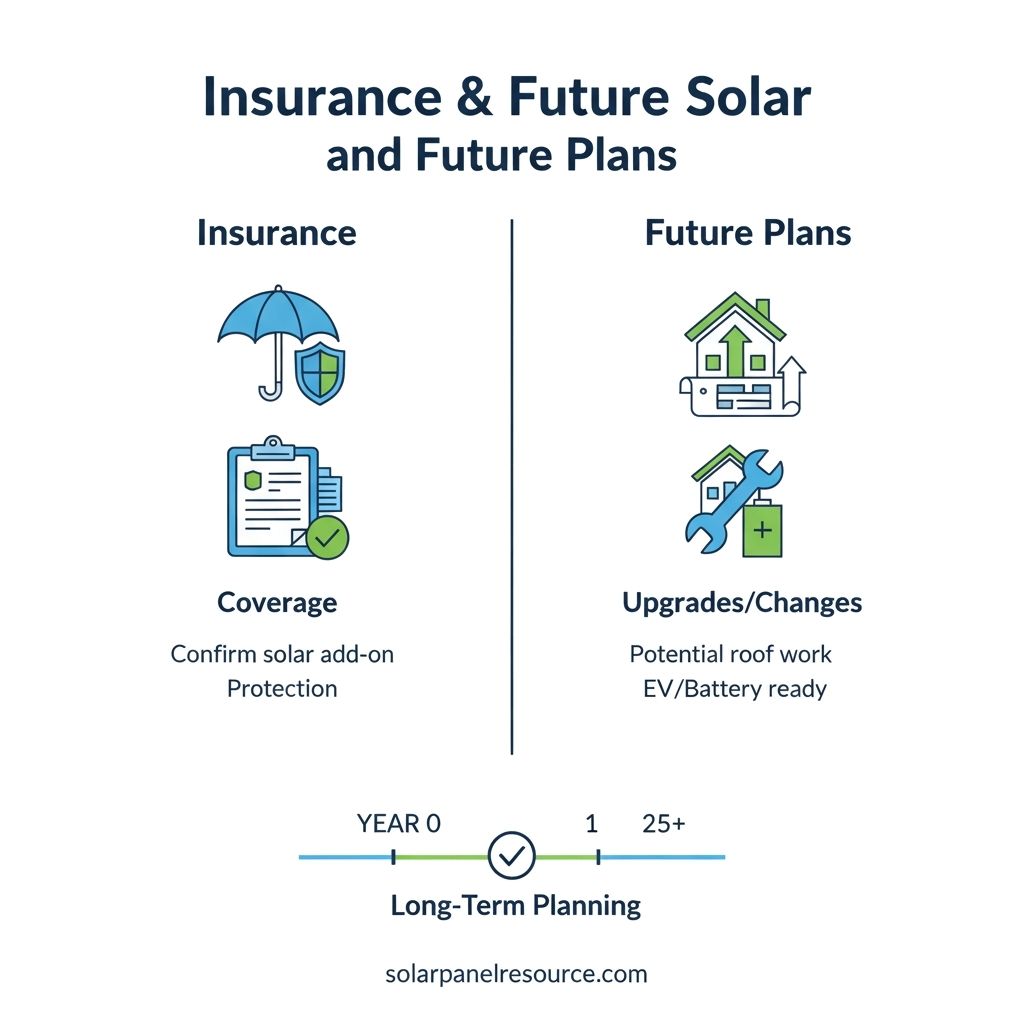
A solar installation is a major addition to your home, and you need to ensure it’s properly protected. Call your homeowner’s insurance provider before installation to understand how it will affect your policy. Most policies will cover a rooftop solar array as part of your home’s structure, but you may need to increase your coverage limits, which could slightly increase your premium.
Also, consider your long-term plans. If you think you might sell your home in the future, owning your system is a straightforward asset that can increase your home’s value. A lease or PPA can sometimes complicate a home sale, as the new buyer must qualify for and agree to assume the agreement.
10. Understand the Full Installation Timeline
One of the most common misconceptions is that a solar system is installed in a day or two. While the physical installation is quick, the entire process from signing the contract to “Permission to Operate” (PTO) can take anywhere from one to four months, or even longer.
The longest phase is typically waiting for permits from your local building department and approval from the utility company. Ask your installer for a realistic timeline that breaks down each phase so you know exactly what to expect.
A Prepared Homeowner is a Successful Solar Owner
Going solar is an exciting journey, and by following this 10-point checklist, you are equipping yourself with the knowledge needed to navigate the process like a pro. A homeowner who understands their energy needs, vets their partners, and reads the fine print is one who will end up with a high-performing system that delivers clean energy and financial savings for a generation. Your preparation today is the foundation for your energy independence tomorrow.

Solar Energy Enthusiast & Renewable Energy Researcher
Vural’s journey into solar energy began four years ago, driven by frequent power outages and high electricity bills at his own home. He has since gained hands-on experience with both personal and commercial solar projects. At solarpanelresource.com, Vural shares his real-world insights and in-depth research to guide homeowners and business owners on their own path to energy independence.
